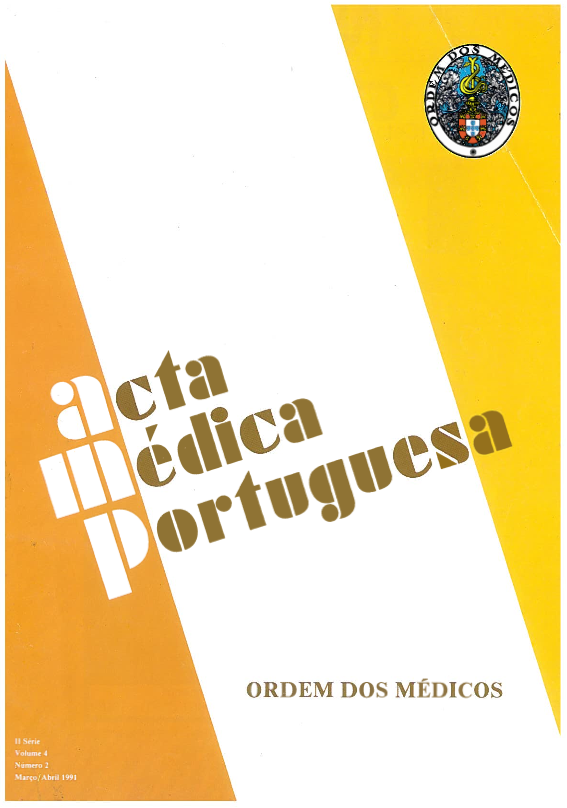Application of aspiration cytology in the diagnosis of tumor lesions in children.
DOI:
https://doi.org/10.20344/amp.3331Abstract
Fine needle aspiration cytology (FNAC) became increasingly popular for evaluating of both superficial and deep seated lesions, but its use in children has been limited. We report our recent experience with FNAC in the pediatric group. The study population included 34 males and 12 females and the age ranged between 11 months to 16 years. The aspirated sites were: testis (n = 14), lymph node (n = 12), bone (n = 9), pelvis (n = 2), retroperitoneum (n = 1), soft tissue (n = 6), lung (n = 1) and orbit (n = 1). The aims of FNAC were to diagnose a primary lesion (25 cases) and to document relapse of neoplastic disease (21 cases). Of the 46 aspirates, 28 were diagnosed as malignant, 4 as benign, 2 were inconclusive; in the remaining case the material was considered inadequate. Eleven out of 14 testicular cases were normal. FNAC diagnosis was confirmed either by histology (25 cases) or by the clinical evolution (18 cases). We conclude that FNAC can be considered a major diagnostic tool for the characterization of the tumoral lesions in childhood, both for diagnostic purposes and for evaluation of the progression of neoplasia. It may also provide useful information for guiding the therapeutical strategy.Downloads
Downloads
How to Cite
Issue
Section
License
All the articles published in the AMP are open access and comply with the requirements of funding agencies or academic institutions. The AMP is governed by the terms of the Creative Commons ‘Attribution – Non-Commercial Use - (CC-BY-NC)’ license, regarding the use by third parties.
It is the author’s responsibility to obtain approval for the reproduction of figures, tables, etc. from other publications.
Upon acceptance of an article for publication, the authors will be asked to complete the ICMJE “Copyright Liability and Copyright Sharing Statement “(http://www.actamedicaportuguesa.com/info/AMP-NormasPublicacao.pdf) and the “Declaration of Potential Conflicts of Interest” (http:// www.icmje.org/conflicts-of-interest). An e-mail will be sent to the corresponding author to acknowledge receipt of the manuscript.
After publication, the authors are authorised to make their articles available in repositories of their institutions of origin, as long as they always mention where they were published and according to the Creative Commons license.









